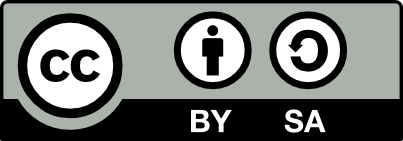International Journal of Zoology and Applied Biosciences
Volume (6) - Issue (2), 2021 pp 76-83
Title
Effects of different substrates (fruits and vegetables) on the production and evolution of black soldier fly (Hermetia illucens) larvae
Author
Koffi K.M., Bouatene D., Yao K. and Bohoua L.G.
Abstract
The high cost of poultry feed requires the search of alternative solutions for feeding poultry. The objective of this study is to identify the substrate that offers an optimal production of larvae of the black soldier fly which can be used as source of protein in poultry feed. To do this, different substrates made up of fruits and vegetables were used for the production of larvae. Six types of substrates (papaya, avocado, cucumber, sweet banana, watermelon and orange) were tested. Fifty grams (50 g) of black soldier fly larvae (Hermetia illucens) were placed in six containers each containing 350 g of specific substrate. In order to assess the effect of these substrates, fruits and vegetables were first chemically characterized. Then the weight, the length and the rate of converted larvae were determined weekly. The results showed that the substrates had a different chemical profile. At the end of the study, larvae with sweet banana and watermelon as substrate had the highest total weights (96 g ± 4.00 and 94 g ± 3.2) compared to avocado, cucumber, papaya and orange (88 g ± 3.01; 84 g ± 3.01; 77 g ± 2.04; 72 g ± 3.02). Regarding the length, it has evolved according to the weight. Thus, the length of the larvae was significantly (p ? 0.05) higher with sweet banana substrates (29.1 ± 0.03 mm) and watermelon (27.3 mm ± 0.01). Regarding the rate of converted larvae, it was significantly (P?0.05) higher with sweet banana (94.43% ± 7.01), watermelon (93.16% ± 5.00) and papaya (83.75% ± 4.02).This study has shown that sweet bananas and watermelons are excellent feed substrates for optimizing the development of black soldier fly larvae and allowing larval production on a large scale.
Keywords
Black soldier fly, Conversion rate, Larvae, Physical characteristics.
Article History
Received on 27/03/2021, Accepted on 22/04/2021, Published on 30/04/2021









